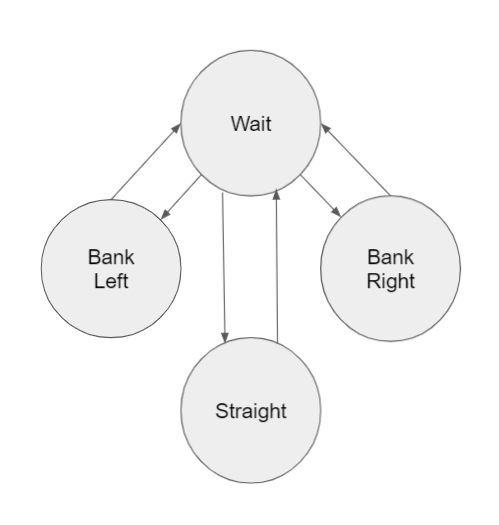Bair Hockey
The code for this project can be found here
This robot was created with a team of four other students as a final project for a class on microcontroller based design. The goal was to use computer vision and a belt system to create a robot to play air hockey. While not up to our initial ambitions, some of the robot’s gameplay can be seen below.
The slow reaction speed is immediately obvious. This is primarily due to the limitations on compute power. If we were to redo this project, we would integrate it with a phone app. This would offer better quality camera as well as a greater capacity for detecting the puck.
For my role in the project, I worked on projecting the trajectory of the puck and developing the strategy for the robot. For the trajectory projection, one important point was the noisiness of measured position values. This noise gets amplified when computing the velocity, which is essential for trajectory projection. To work around this, I used position measurements many frames apart, making the noise less impactful to the estimated velocity. Once I had the velocity estimate, the next step was to project where the puck was going to go. The key idea in doing this efficiently was the decoupling of motion in the horizontal and vertical directions. This let me first project the position ignoring walls, then “reflect” the projected position until it lies within the bounds of the table.
The strategy for the robot was intended to be based on a Markov chain with different shots the robot could take. Transitions occur with changes in vertical velocity sign. An additional benefit of this structure is that one can tune difficulty and create interesting gameplay by changing the transition probabilities. Unfortunately, planning shots and actually executing those shots are two completely different tasks. Due to how slow the robot was in picking up the trajectory of the puck, we instead decided to focus on blocking shots headed towards goal.

